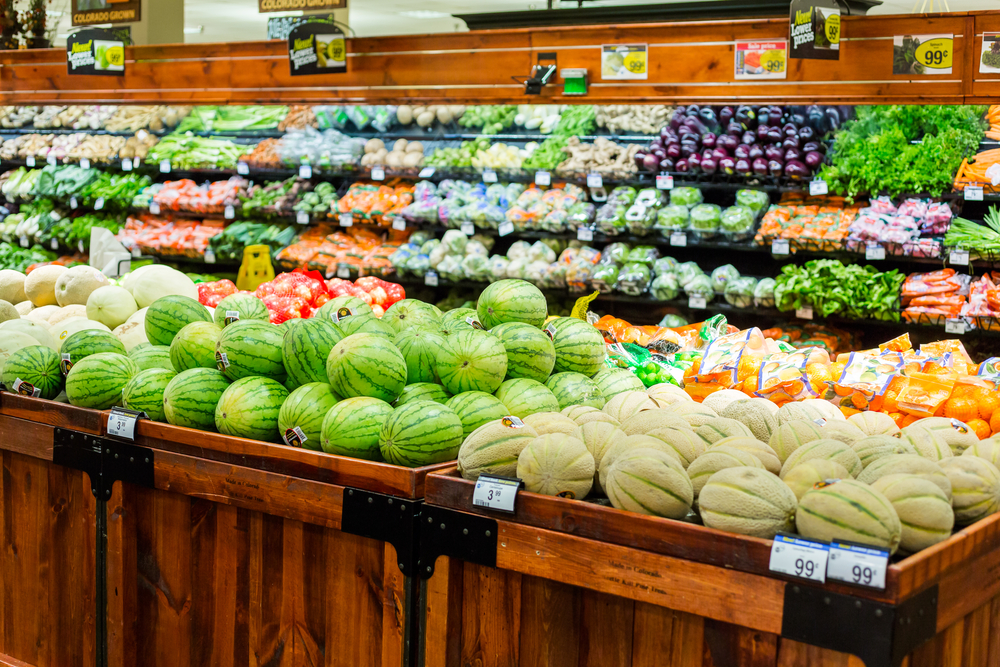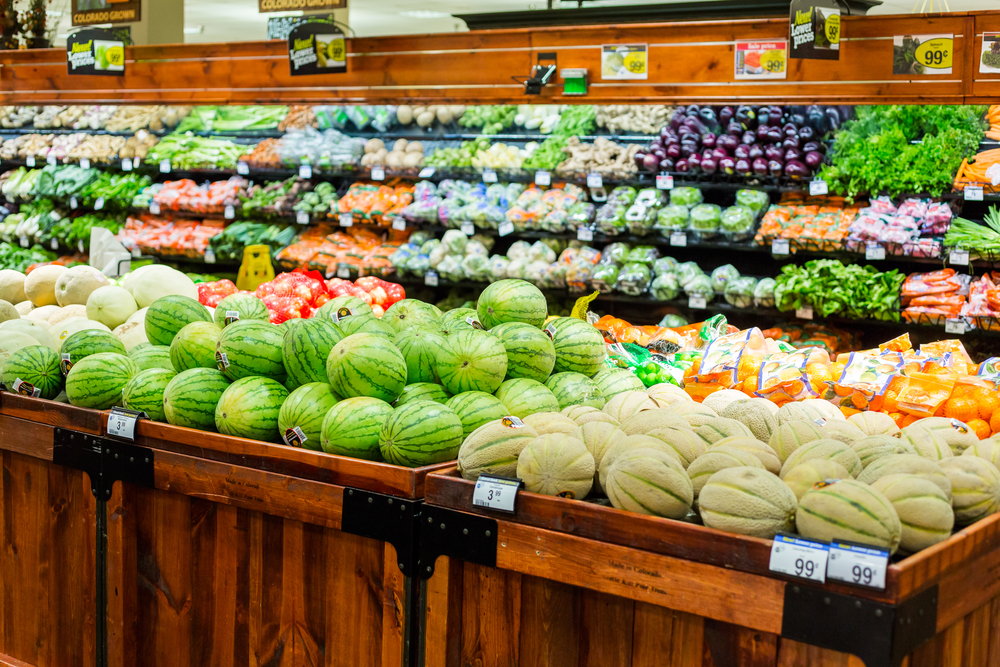By Karla Arboleda
Choosing to grow an alternative crop could prove to be a beneficial move for growers, but there are some factors that must be considered first.
From macadamias to avocados, the worthiness of different alternative crops is dependent on several factors. Jose Chaparro, an associate professor at University of Florida Institute of Food and Agricultural Sciences in the Horticultural Sciences Department, says that considering climate change and consumer preferences are key to finding success in growing alternative crops.
CONSIDERING CLIMATE
Climate can tremendously impact the way a plant grows. While some crops may work in one area of a state, they may not work in another area. For example, in Florida, Chaparro says that peaches could grow better toward the north of the state rather than the south because the climate in North Florida is more similar to climates where peaches are historically grown when compared to South Florida.
According to Chaparro, the effects of climate change can be seen in lychees. “Historically, lychees in Homestead were a viable crop. But with climate change, that equation may no longer be functional,” he says.
When considering if a certain climate is ideal for an alternative crop, Chaparro recommends using the Koppen Geiger Climate Map. “(The map) is a system that groups climates, rainfall patterns and temperatures into patterns that are very useful in determining what regions have similar (climate) patterns,” he explains.
CONSUMER PREFERENCES
When consumers buy fresh produce, their decisions stem from one of two factors: impulse or repetition. Chaparro say that choosing to grow an alternative crop is also rooted in recognizing what consumers want to eat.
“There’s a value in consistency. When you have a product that is inconsistent … (consumers) stay away from it. Your first purchase is an impulse, but your other purchases are based on your experiences. It’s not an impulse buy; it’s a repeat buy,” Chaparro concludes.











